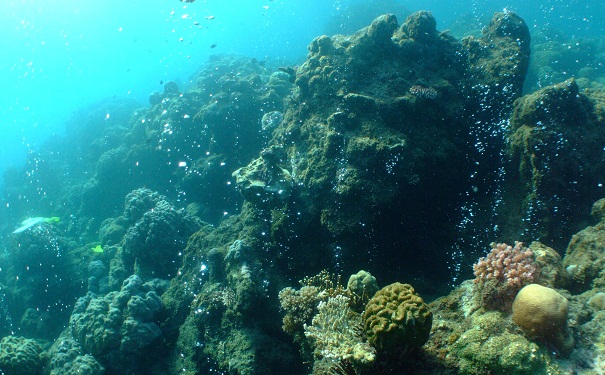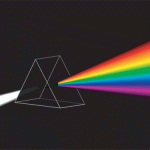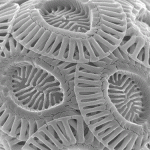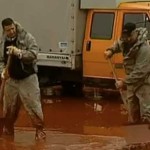
Seascape in Milne Bay, showing moderate seeps. Image: Katharina Fabricius.
Three natural carbon dioxide seeps in Papua New Guinea have enabled scientists to see what the future holds for coral reefs if CO2 levels continue to rise.
The Intergovernmental Panel on Climate Change predicts that atmospheric CO2 will have risen to 7500ppm by 2100 if the present rate of increase continues. A third of this extra atmospheric CO2 will be absorbed by the world’s oceans, which will cause pH levels to drop from 8.1 to 7.8.
Dr Katharina Fabricius, from the Australian Institute of Marine Science, has led two research expeditions to study the seeps, which are located in Milne Bay Province, Papua New Guinea. She said in the press release that ocean acidification would lead to profound changes for coral reefs.
“The decline of the structurally complex corals means the reef will be much simpler and there will be less habitat for the hundreds of thousands of species we associate with today’s coral reefs. They would not be the richly diverse and beautiful habitats we currently see in places such as the Great Barrier Reef.”
The natural seeps in Milne Bay, which release CO2 bubbles as a result of volcanic activity, provide a detailed picture of the future for coral reefs if they are exposed to higher CO2 levels for decades. Dr Fabricius said “In the past, we have relied on short-term laboratory experiments to tell us what happens to marine organisms exposed to ocean acidification.
“The range of exposures at the Milne Bay seep sites are comparable to end-of-century CO2 projections. It would be catastrophic if pH levels dropped below 7.8.”
One of the winners in a higher CO2 future are seagrasses, which demonstrated increased cover with three to four times more shoots. However, Dr Fabricius says there will be many more losers when tropical coral reefs are exposed to ocean acidification.
“We found that as pH decreases the number and types of corals making up coral reefs are much reduced. Diversity of corals drops by 40 per cent, and the reef becomes dominated by one form of corals, massive Porites.
“The cover of the more delicate tabulate, foliose and branching corals was reduced three-fold near the CO2 seeps. Similarly, the abundance of soft corals and sponges were also significantly reduced. Most importantly we found that reef development ceased below pH level 7.7.
“This study proves we must urgently transition to a low CO2 emissions future or we face the risk of profound losses of coral ecosystems.”






